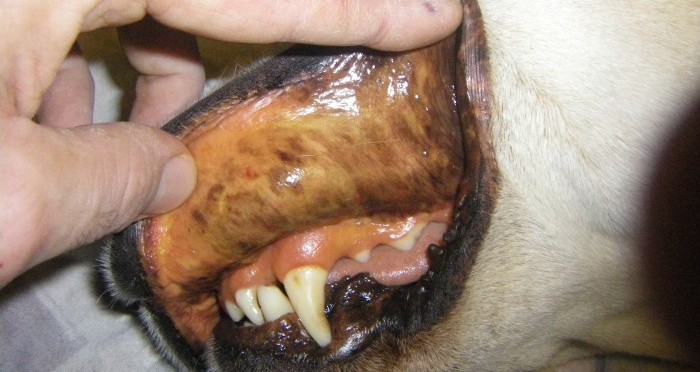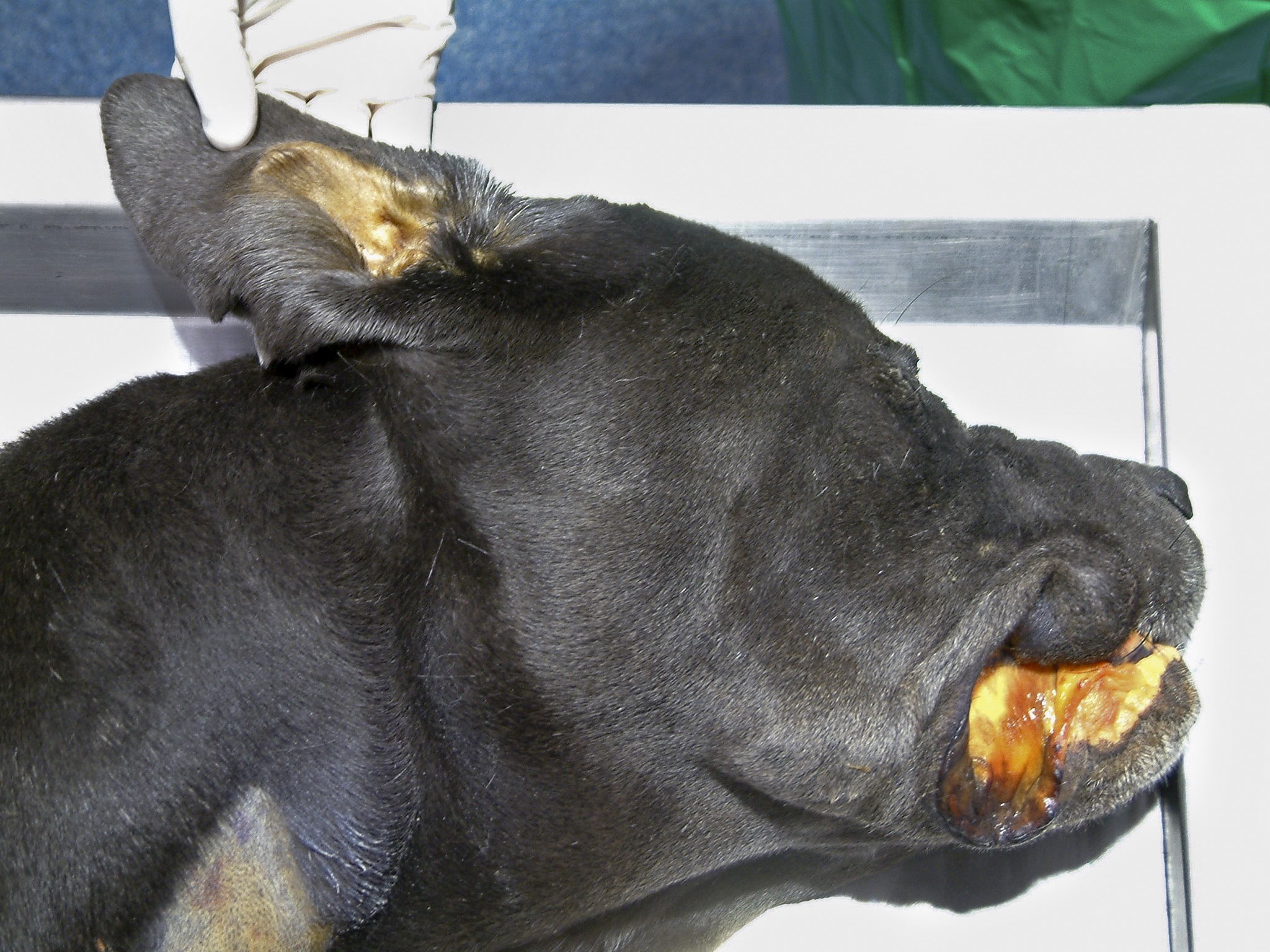What is leptospirosis in dogs
In this file, we will study a particularly serious disease in dogs: leptospirosis. In order to better understand and apprehend this disease, we will first see what leptospirosis is, what are its causes, its symptoms and consequences on your pet's health, and then the treatments in case of attack.
Finally, we will see how to best protect your pet against this disease.
What is leptospirosis?
Leptospirosis is a serious and contagious disease that is usually found in dogs and other animals, but it can also be transmitted to humans. It is caused by a bacterium called "Leptospira".
How can our pets get this bacteria?
The main culprit will be urine. Indeed, when we go for a walk in the forest or in the countryside, it often happens that they stop to drink in a puddle or a water point such as a pond. The risk of contamination will be important at that time.
Wild animals living in the forest come to urinate in water sources and some of them, especially rats, have urine contaminated by leptospires.
Moreover, their urine can remain infectious for more than two years. Your dog will become infected by drinking this contaminated water. It is also possible that your companion or man can catch this disease by consuming contaminated water or food.
That is why it is always important to rinse fruits (such as wild blackberries) that you collect in the forest because they can be contaminated by urine.
In fact, all dogs can catch this disease but it is true that some are more exposed than others. Indeed, hunting dogs and dogs living in the countryside have a greater risk of catching this disease because they have more proximity with rats.

What are the symptoms of Leptopsirosis?
It is important to know that the incubation time of this disease is about one week, which means that the symptoms will start to appear one week after a walk where your dog may have been contaminated.
Leptopsirosis can present itself in three forms:
• The gastrointestinal form: in this case, the main symptoms are vomiting and diarrhea with the presence of blood. There can be complications that will lead to acute renal failure, cardiac complications, eye problems, encephalitis. The death of the animal occurs in a few days.
• The icteric form: this form is aptly named, i.e. after a few days after contamination, a generalized jaundice appears. This means that all the mucous membranes, the skin of the belly and the inner thighs turn yellow. Death occurs about two weeks after the infection.
• The uremic form: this is the form that is most often encountered. As its name indicates, the animal has a lot of urea which will cause severe renal failure. There may also be vomiting, severe dehydration and death within a few days.
How is leptospirosis diagnosed?
If you find that your pet is not feeling well after a walk in the woods, do not hesitate to make an appointment with your veterinarian. As with any disease, the earlier it is caught, the better the chance of curing your pet.
To make a diagnosis, the veterinarian will take a blood sample from your pet. On this blood sample, he will do what is called "a blood count" which will help to orient the diagnosis. In case of leptospirosis, your pet's platelets will be low and white blood cells will be high.
He will also do a biochemistry on this same sample, which will allow him to see how the different organs are doing (especially the liver, kidneys...). In case of leptospirosis, the parameters of the liver and kidneys will be increased.
In case of doubt, the veterinarian can also ask for a serology in order to highlight or not leptospires which would be signs of the disease.

What are the treatments for leptospirosis?
The treatments will depend on the cause of the disease. If the examinations reveal that it is indeed the "leptospira" bacteria that is the cause of the disease, long-term antibiotics will be proposed. Then the main treatment will be to put the animal on a perfusion in order to rehydrate it and to try to decrease the parameters of the kidneys, the main organs affected in leptospirosis.
This infusion will require the hospitalization of your pet. The veterinarian will put a catheter in your pet in order to rehydrate it by vein, which is the fastest way. The hospitalization will also allow the veterinarian to closely monitor your dog and possibly perform other tests.
How can I prevent my pet from getting it?
Fortunately, after this gloomy picture of the disease, there are ways to prevent your pet from getting leptospirosis.
- Avoid having your dog swim in stagnant water such as ponds.
- Avoid having your dog drink from puddles or stagnant water.
- Have your pet vaccinated against leptospirosis. The protocol is not very restrictive. The first vaccination is done in two injections three weeks apart, then an annual booster will be sufficient for dogs that are not at risk. On the other hand, for hunting and country dogs, it is recommended to vaccinate them every six months.
- For boarding kennels and kennels (such as shelters), it is important to eradicate rodents that are often attracted to the dogs' food in order to avoid leptospirosis. If in doubt, clean the boxes and cages with bleach. It is also essential to wear gloves when cleaning the premises.
Can humans get leptospirosis?
Well yes! Unlike other diseases such as piroplasmosis, we can also catch leptospirosis. This is called a zoonosis (disease that can be transmitted from animals to humans). It is also very serious for us. So be careful!
But how do we get it?
We can also get it through our urine. For example, in the case of a veterinary assistant, it is very important to wear gloves if she is caring for an animal with leptospirosis. In fact, leptospires enter our organism through small cuts or wounds that we have, sometimes they even pass through the skin especially in places where our skin is very thin.
We can also get infected by eating fruits or vegetables contaminated by rodent urine. If your dog has leptospirosis, it is important that you see a doctor because you could potentially get it.
As for the dog, avoid swimming in stagnant water. These waters are often infested with bacteria.
What are the symptoms in humans?
The symptoms in humans are a little different from those of our companions. Fever, aches and pains and headaches may appear. In the most serious cases, renal, hepatic, neurological or pulmonary damage is possible.
Loving and educating your pet also means protecting it against the hazards of life. This is why we strongly recommend that you take out health insurance as soon as possible. This will save you astronomical veterinary fees in case of accident or illness.


